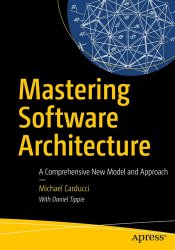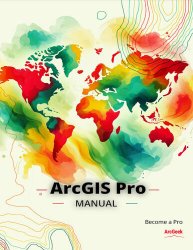- Добавил: literator
- Дата: 20-03-2025, 16:49
- Комментариев: 0
 Название: Mastering Software Architecture: A Comprehensive New Model and Approach
Название: Mastering Software Architecture: A Comprehensive New Model and ApproachАвтор: Michael Carducci
Издательство: Apress
Год: 2025
Страниц: 452
Язык: английский
Формат: pdf
Размер: 16.7 MB
As the pace of evolution in technology continues to accelerate, the field of software architecture grapples with ever-increasing complexity, uncertainty, and risk. While numerous patterns and practices have emerged as potential approaches to solving the industry’s most challenging problems, these tools often struggle to consistently deliver on their promises and software projects fail to reach their potential with alarming frequency. This meticulously crafted guide presents a deep exploration into the intricacies of crafting systems that precisely and predictably address modern challenges. It goes beyond mere comprehension of architecture; it encourages mastery. Mastery of software architecture requires much more than just technical know-how. This book offers a uniquely holistic approach, weaving together architectural principles with organizational dynamics, environmental subtleties, and the necessary tools to execute on architecture more effectively. For aspiring architects looking to broaden their horizons, practicing architects seeking to continue to grow their skills, and software engineers looking to gain insights and move up the value chain in an increasingly competitive market.









